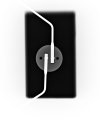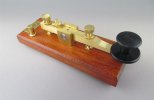tceq24443
Pre-Flight
Electronics for the frequency or just the studs for the cat whiskers? I thought I would find a video where someone had dissected or cut open for educational purposes but have not been able to find one.
Last edited:




